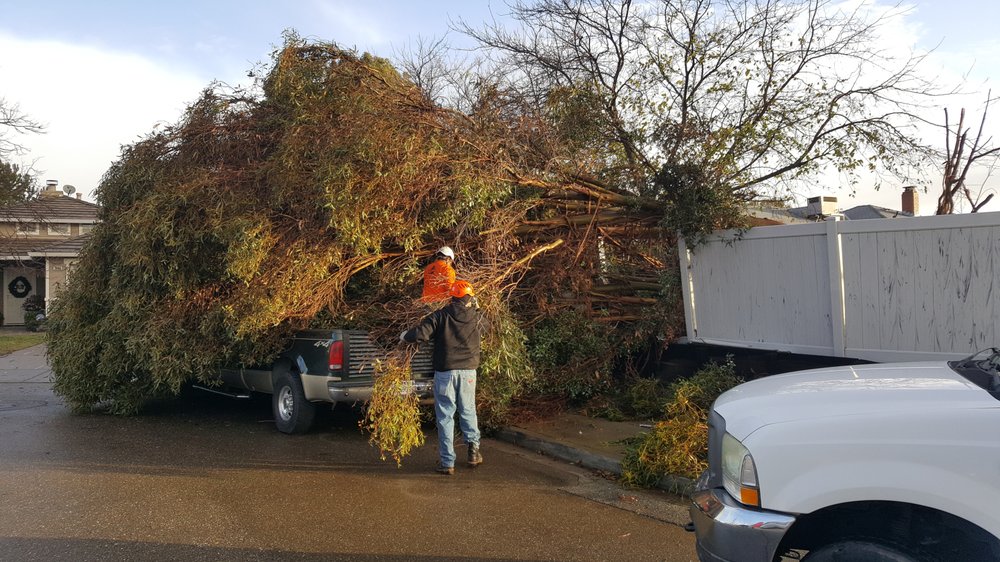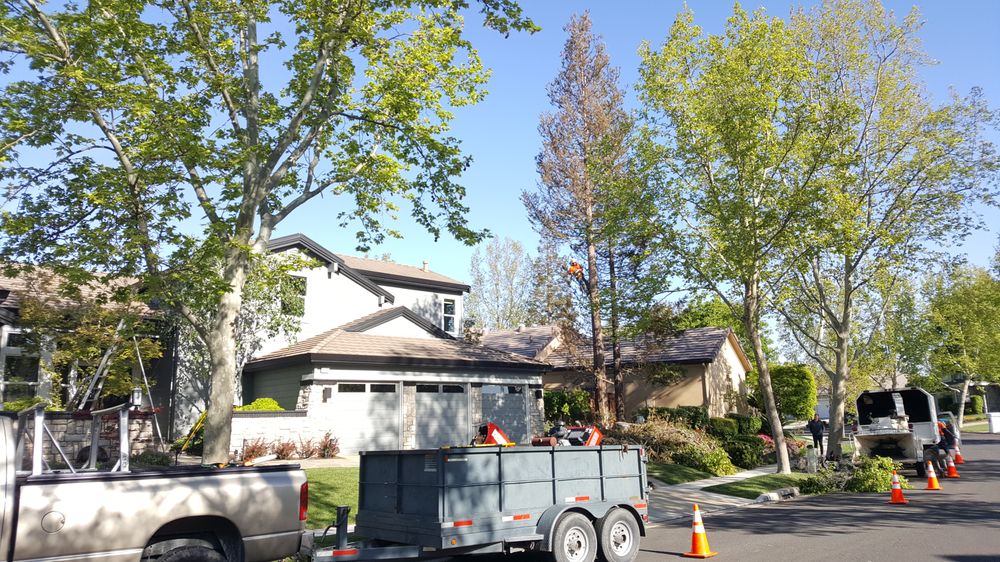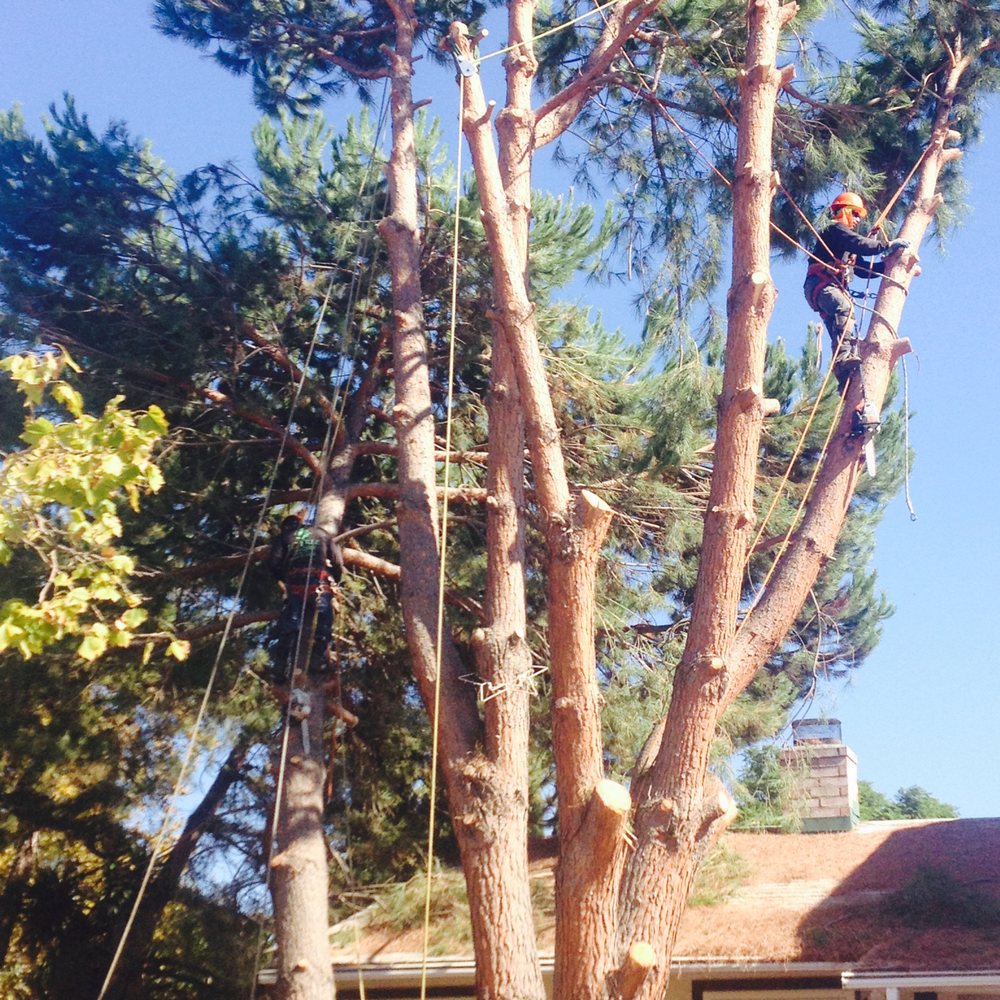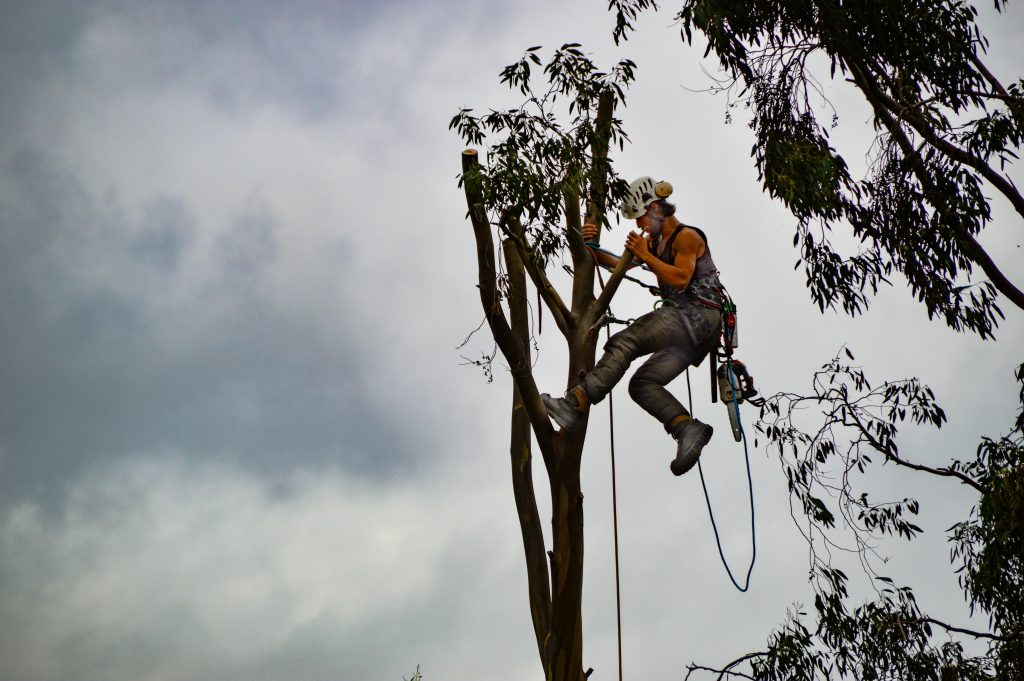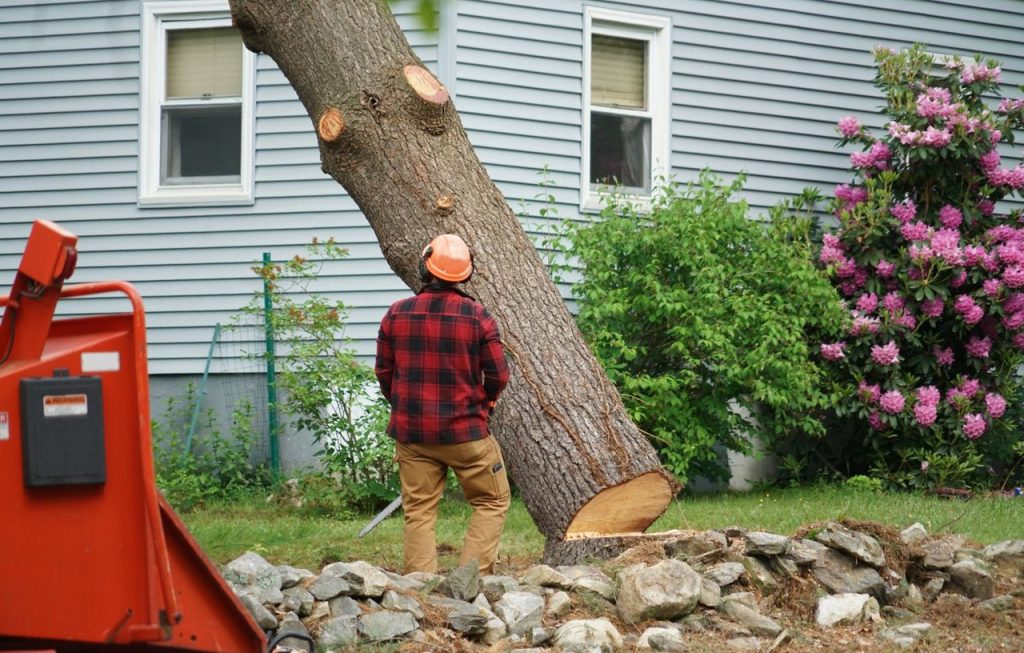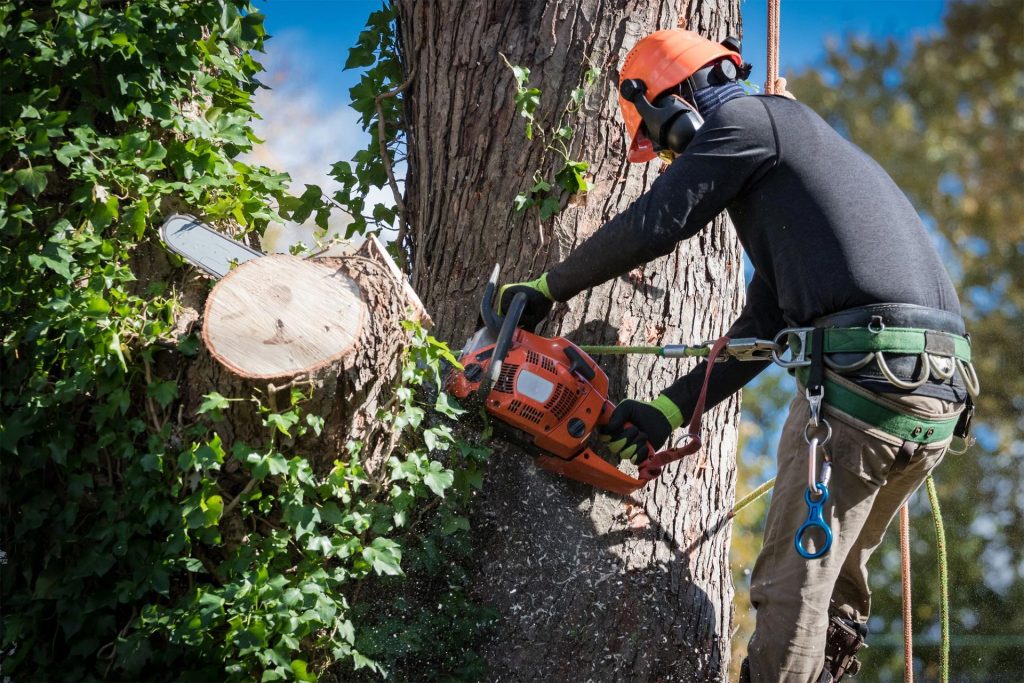Tree removal is a task that requires meticulous preparation and attention to safety. Establishing a safe perimeter around the tree is essential to protect people, pets, and property from falling branches, debris, and the tree itself. This guide will walk you through each step of creating a safe perimeter, ensuring that your tree removal process is as safe and efficient as possible.
Assessing The Tree And Surroundings
Evaluating The Tree’s Condition
Begin by assessing the tree’s health and stability. Look for signs of:
- Disease Or Decay: Fungal growth, hollow sections, or dead branches can indicate a weakened structure.
- Leaning: A tree that leans significantly might fall unpredictably.
- Branch Structure: Identify large, overhanging branches that could pose additional hazards.
Understanding The Environment
Examine the area surrounding the tree:
- Structures: Identify buildings, fences, and other structures that need protection.
- Power Lines: Be aware of any nearby power lines that could be affected.
- Terrain: Assess the ground’s slope and stability, as uneven terrain can complicate the removal process.
- Weather Conditions: Ensure the weather is calm, as wind or rain can increase risks.
Planning The Safe Perimeter
Determining The Fall Zone
Estimate the direction and distance the tree will fall. The fall zone is typically twice the height of the tree:
- Measure The Tree’s Height: Use tools like a clinometer or smartphone app to measure the tree’s height accurately.
- Identify Potential Impact Points: Consider where the tree and its branches might land.
Establishing The Perimeter
Create a buffer zone around the fall zone to ensure maximum safety:
- Standard Buffer Zone: The buffer zone should be at least 1.5 times the tree’s height.
- Extended Buffer Zone: Increase the buffer zone if the tree is particularly large, unstable, or located near valuable property.
Gathering Necessary Equipment
Personal Protective Equipment (PPE)
Ensure that all personnel wear appropriate PPE:
- Hard Hat: Protects against falling debris.
- Safety Glasses Or Goggles: Shields eyes from dust and wood chips.
- Hearing Protection: Essential when using loud equipment like chainsaws.
- Gloves: Provides a better grip and protects hands from cuts.
- Steel-Toed Boots: Safeguards feet from heavy logs and sharp tools.
- Chainsaw Chaps: Protects legs from chainsaw injuries.
Tools For Perimeter Setup
Gather tools and materials needed to establish the safe perimeter:
- Measuring Tape: For accurate measurement of the fall zone and buffer zone.
- Brightly Colored Tape Or Cones: Marks the boundaries of the safe perimeter.
- Warning Signs: Alert others to the hazard area.
- Communication Devices: Radios or cell phones for coordinating with the team.
Setting Up The Safe Perimeter
Marking The Fall Zone And Buffer Zone
- Measure The Fall Zone: Use the tree’s height to determine the fall zone. Mark the outer boundary with brightly colored tape or cones.
- Establish The Buffer Zone: Extend the perimeter to at least 1.5 times the tree’s height. Mark this boundary as well.
Installing Warning Signs
Place clear, visible warning signs around the perimeter:
- Entrance Points: Position signs at all potential entry points to the work area.
- Perimeter Boundaries: Place signs along the perimeter to alert anyone approaching.
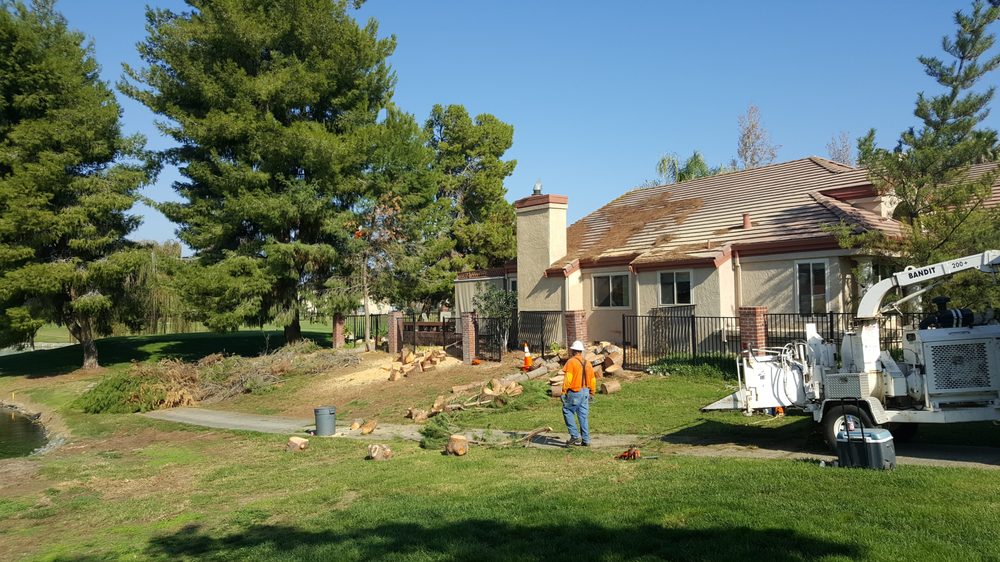
Communicating With Your Team
Pre-Removal Meeting
Hold a meeting with all team members to discuss the plan:
- Roles And Responsibilities: Assign specific tasks and ensure everyone understands their role.
- Emergency Procedures: Review emergency protocols and ensure everyone knows what to do if something goes wrong.
Using Communication Devices
Equip the team with radios or cell phones:
- Maintain Constant Contact: Keep open lines of communication throughout the removal process.
- Signal Protocols: Establish clear signals for starting, stopping, and emergencies.
Executing The Tree Removal
Clearing The Area
Ensure that the area within the perimeter is clear of people, pets, and unnecessary equipment:
- Double-Check The Perimeter: Walk the perimeter to confirm it is properly marked and clear.
- Recheck The Buffer Zone: Ensure no one is within the buffer zone.
Felling The Tree
Follow proper tree felling techniques:
- Notch The Tree: Make a face cut on the side of the tree facing the fall direction. The notch should be about one-third of the way through the tree.
- Back Cut: Make a back cut on the opposite side, slightly above the bottom of the notch. This cut releases the tree and starts the fall.
- Use Wedges If Necessary: Insert felling wedges into the back cut to prevent the tree from pinching the saw and to guide the fall.
Monitoring The Fall
Have spotters positioned safely outside the buffer zone to monitor the tree’s fall:
- Clear Escape Routes: Ensure the person feeling the tree has a clear escape route at a 45-degree angle away from the fall direction.
- Stay Alert: Spotters should watch for any unexpected movements or changes in the tree’s fall path and alert the team immediately.
Post-Removal Safety Checks
Inspecting The Area
Once the tree is down, conduct a thorough inspection of the area:
- Check For Hazards: Look for any remaining branches or debris that could pose a danger.
- Evaluate The Stump: Determine if the stump needs to be removed or ground down.
Clearing Debris
Safely remove and dispose of branches, logs, and other debris:
- Cut Into Manageable Pieces: Use chainsaws to cut larger sections into smaller, more manageable pieces.
- Use Proper Lifting Techniques: Prevent injury by lifting with your legs, not your back.
Conclusion
Creating a safe perimeter for tree removal is a critical step in ensuring the safety of all involved and protecting property from damage. By following this comprehensive, step-by-step guide, you can establish a secure work environment, effectively communicate with your team, and execute the tree removal process with confidence. Always prioritize safety, use the right equipment, and adhere to best practices to achieve successful and incident-free tree removal projects.
Ensure Safety With JC Tree Service’s Expert Tree Removal
If tree-related safety concerns are impacting your home or business, JC Tree Service is equipped to provide expert solutions. Whether overgrown branches or hazardous trees pose a safety risk, our specialized team manages it all. We offer precise tree removal services, alongside comprehensive landscaping solutions, serving Brentwood, Antioch, and surrounding areas.
We understand the critical importance of safety in tree care and commit to delivering top-tier services tailored to your needs. Tree removal is vital for maintaining your property’s safety and preserving the health of your landscape. Effective tree removal helps prevent accidents, reduces the risk of damage, and promotes a safer environment. With JC Tree Service, you can be confident that your landscape is in the hands of professionals dedicated to keeping your outdoor spaces safe and beautiful.
Don’t let tree safety issues compromise the security of your surroundings. Contact JC Tree Service today to explore how our tree removal and additional services can enhance your property. We offer a free, no-obligation quote to get you started. Experience the impact of professional tree care!
Disclaimer
The materials available on this website are for informational and entertainment purposes only and not to provide legal or professional advice. You should contact your attorney or home improvement specialist to obtain advice concerning any particular issue or problem. You should not act or refrain from acting based on any content included in this site without seeking legal or other professional advice. The information presented on this website may not reflect the most current home improvement developments. No action should be taken in reliance on the information on this website. We disclaim all liability concerning actions taken or not taken based on any or all of the contents of this site to the fullest extent permitted by law.



